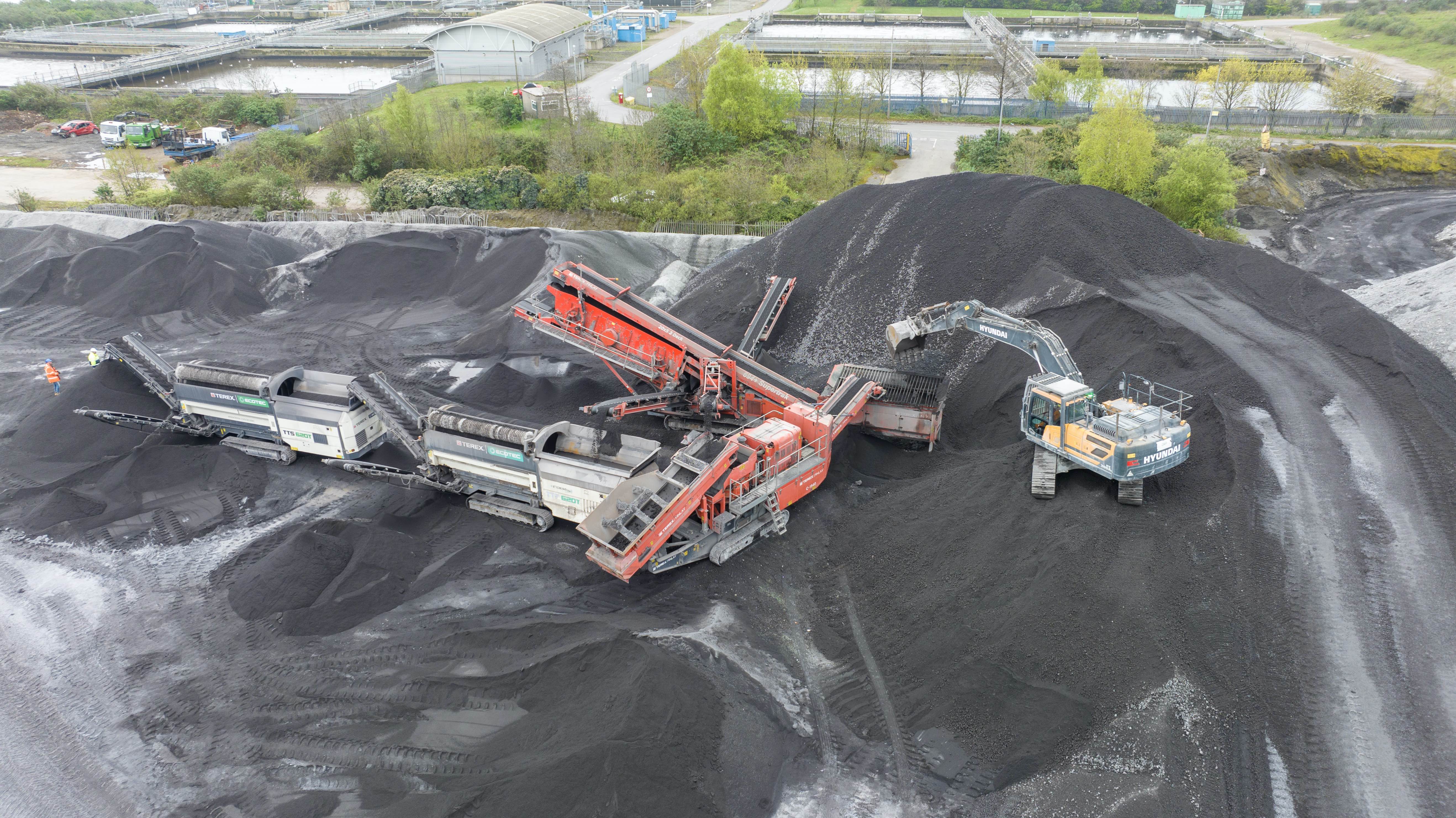
Crushers and screens – here’s everything you need to know
4th July 2024
Anna Rees
You’ll find crushing and screening operations in the mining, quarrying, and construction industries. Often working in tandem, they resize, separate and sort material to be reused for a range of different uses.
Crushing is often the first process. This takes large materials and crushes them into more manageable, workable sizes. The screening process then takes the crushed material and separates it into different grades. These different grades have a range of uses from suitable fill to tarmac. Whilst they might work together, crushers and screens have separate uses and components. Here’s everything you need to know…
Types of Crushers
Crushers have been around for centuries, with the first successful mechanical rock breaker, the Blake Jaw Crusher, patented in 1858. Today, the market boasts a range of specialised crushers that can be categorised into: Jaw, Impact, Cone, and Roller crushers.
Jaw Crushers
Using compression forces, jaw crushers break down larger material into smaller pieces. They are favoured for heavy-duty operations,
Impact Crushers
A fast spinning rotor launches material against the impact wall, causing the material to shatter. They have high reduction ratios.
Our Terex Finlay i-140RS Impact Crusher features a CR032 impact chamber with direct drive and advanced electronic control system to provide high material reduction ratios and a consistent product shape. Its heavy duty vibrating grizzle feeder has a pre-screen process to remove dirt fines and size bypass material.
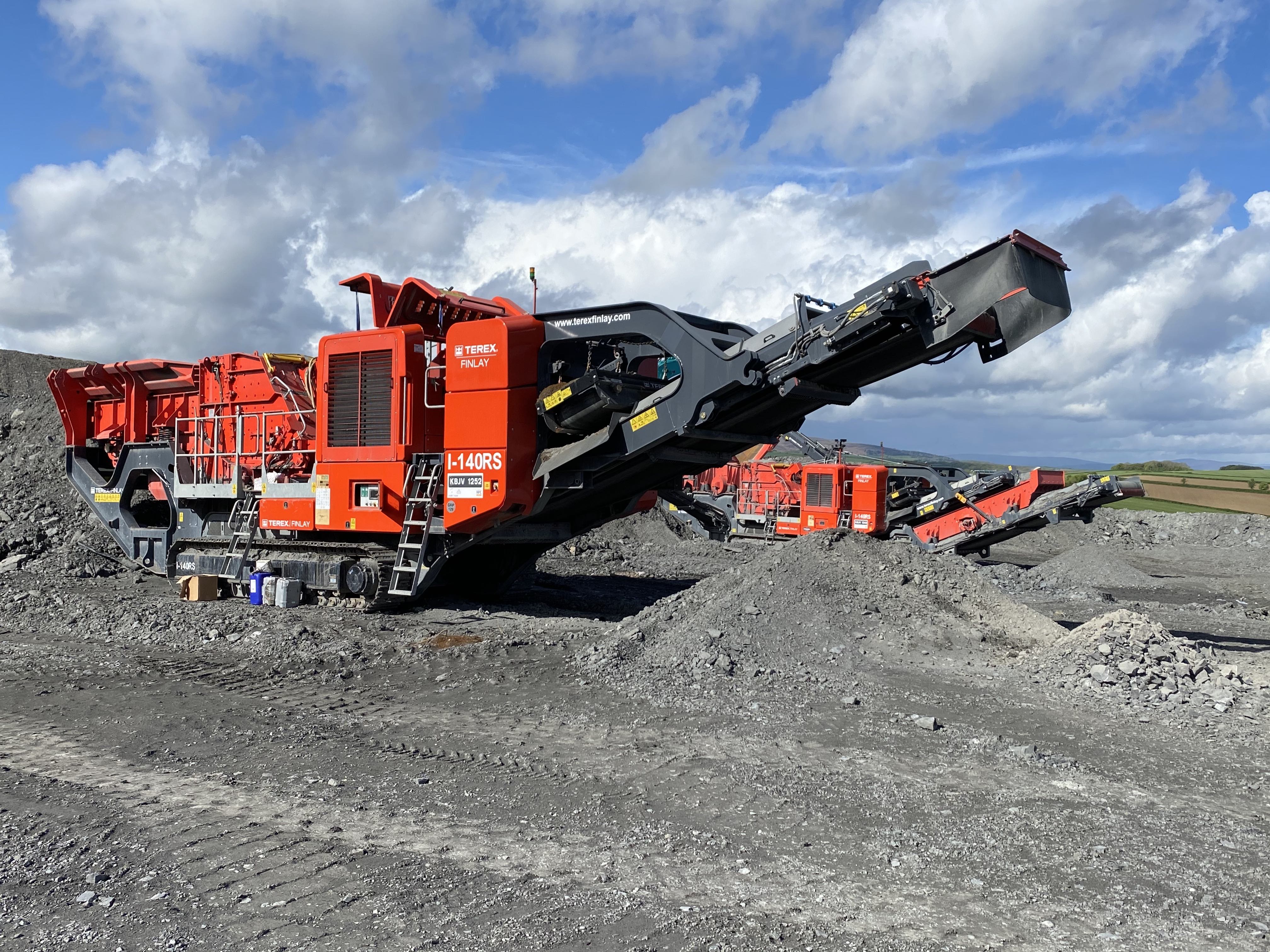
Cone Crushers
Their rotating conical head compresses and crushes materials.
Our Terex Finlay C-1540 Cone Crusher features a Terex 40” cone chamber and a cone counter shaft speed range between 916-1010 rpm, as well as variable speed control settings to ensure a quality aggregate. The cone crusher also boasts a large hopper with automated metal detection and purge system to protect the cone and reduce downtime.
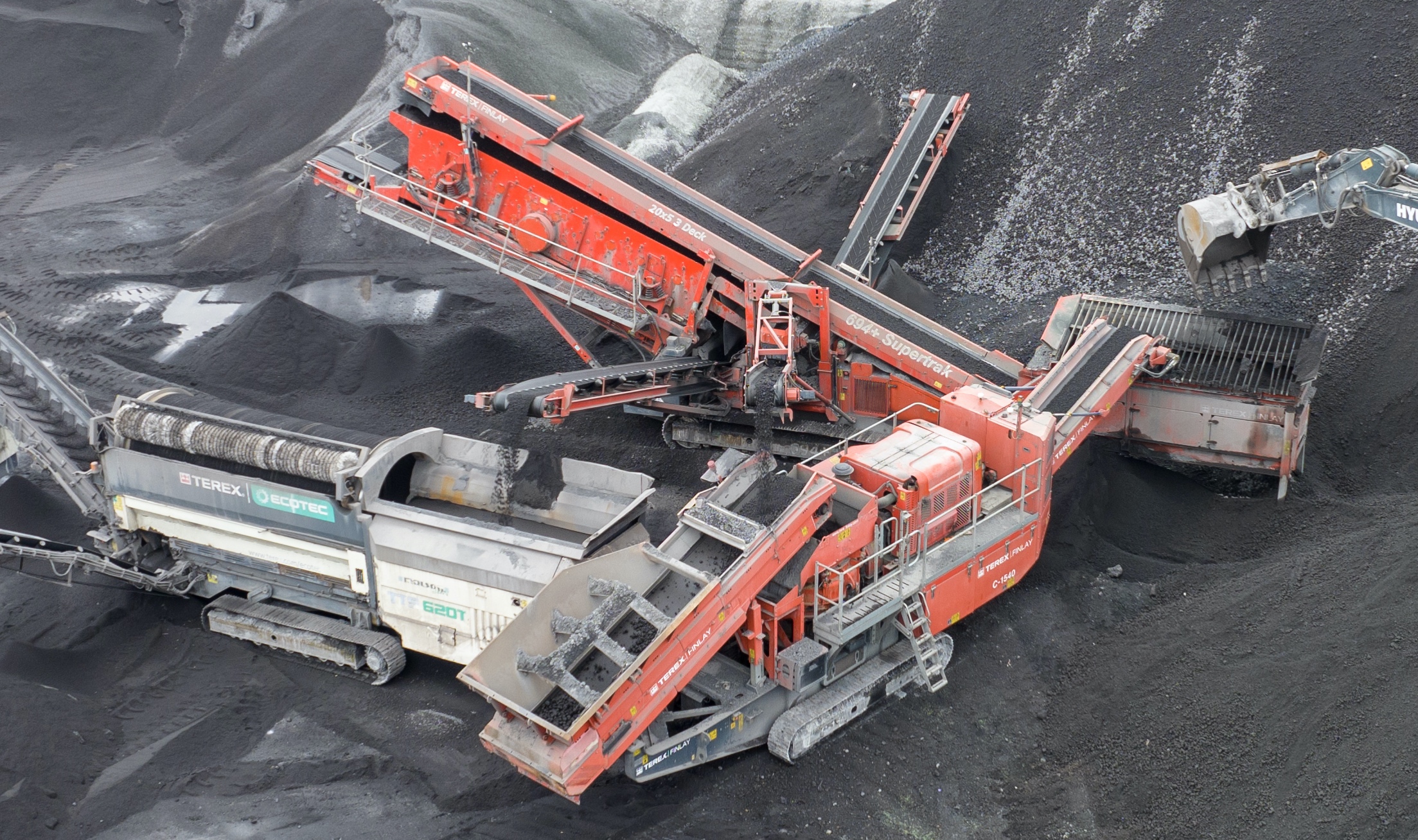
Roller Crushers
Material is crushed between two rollers. Although these are less widely used than other types of crusher, they can be useful when handling less abrasive, sticky and frozen feeds.
Types of Screens
The history of screeners is less know, but is estimated to be first used in ancient civilisations with panning for gold. Mechanised vibrating screens were introduced in the early 20th century and have been advancing ever since. Like crushers, there’s a wide range of categories of screens on the market today, including: Trommel, Disc, and Vibrating screens.
Trommel Screens
Their rotating circular mesh drum sorts materials by size and shape. They separate a wide variety of materials by size, and are preferred for wet, sticky states.

Our Terex Ecotec TTS 620T Tracked Trommel Screen has an intelligent feeder control system that automatically adjusts the feeder speed to optimise screening rates.

Disc Screens
Using shaft-mounted discs that move in a wave-like motion, materials are separated from each other and sorted.
Vibrating/Scalping Screens
Vibrating wire meshes or perforated plates are used to separate and sort product into different grades. They can remove oversize from usable products, and separate solids from liquids.
Our Terex Finlay 883 Scalping Screener has the capacity to process at a rate of up to 600 tonnes per hour. Its versatility means it can work in primary and secondary screening applications.
At GRP we have a wide range of crushers and screens used across the UK to recycle and process materials. Get in touch with us to find out more, or browse our Machines page.
Latest Industry News GRP reporting
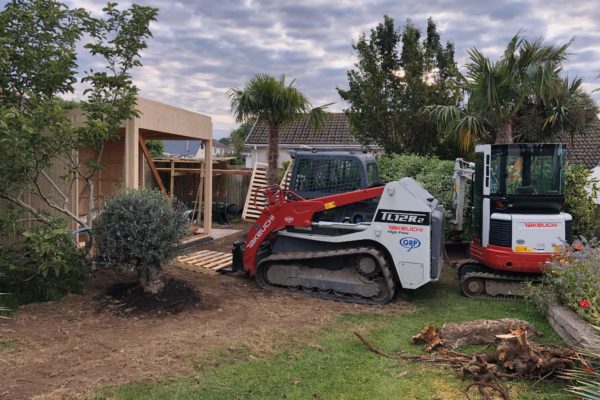
Mini diggers, mighty projects: why mini diggers might be your perfect solution
24 March 2025
Ranging from 2.5 tonnes, our mini-diggers are perfect for working in confined or restrictive spaces. Whether for trenching, landscaping or loading, our… Read Article >
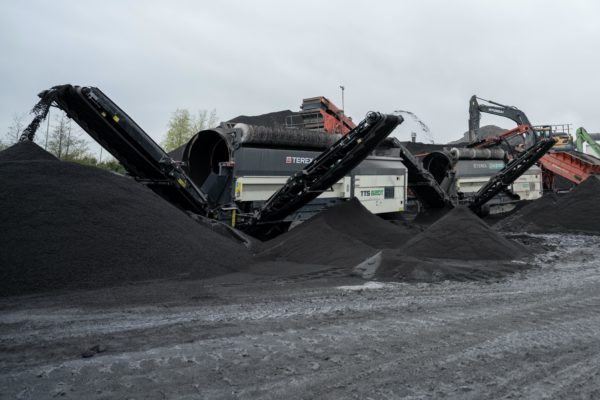
Global Recycling Day: Transforming Industrial By-Products into Construction Gold
17 March 2025
As we mark Global Recycling Day this March 18th, we’re proud to showcase how our services are contributing to a more sustainable… Read Article >
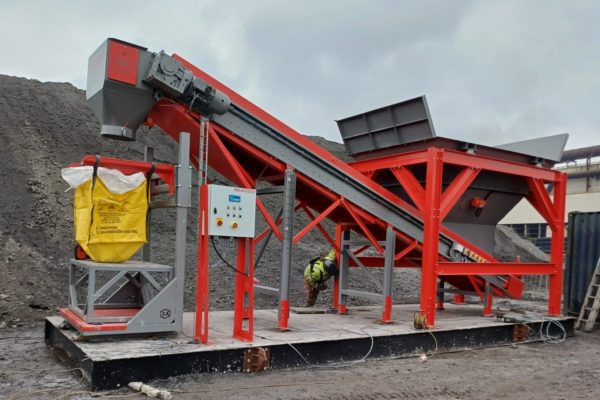
Bagged aggregates now available from our Cardiff site
24 February 2025
We’re excited to announce our latest addition – bagged recycled white slag aggregates, now available from our Cardiff depot. Following investment in… Read Article >